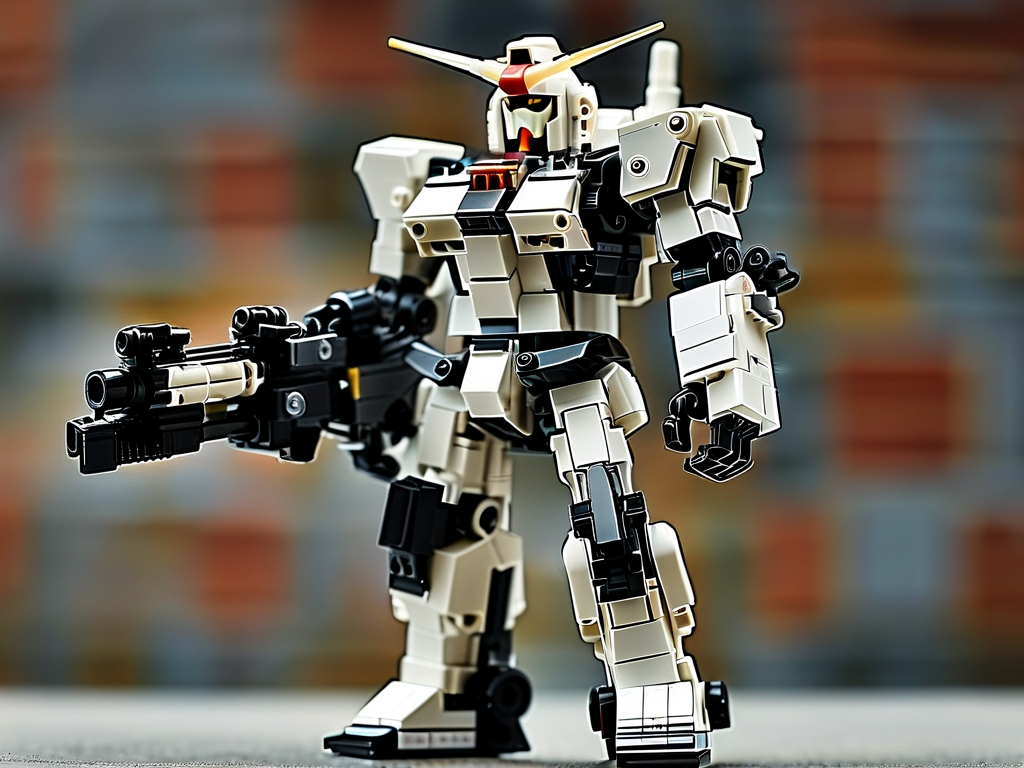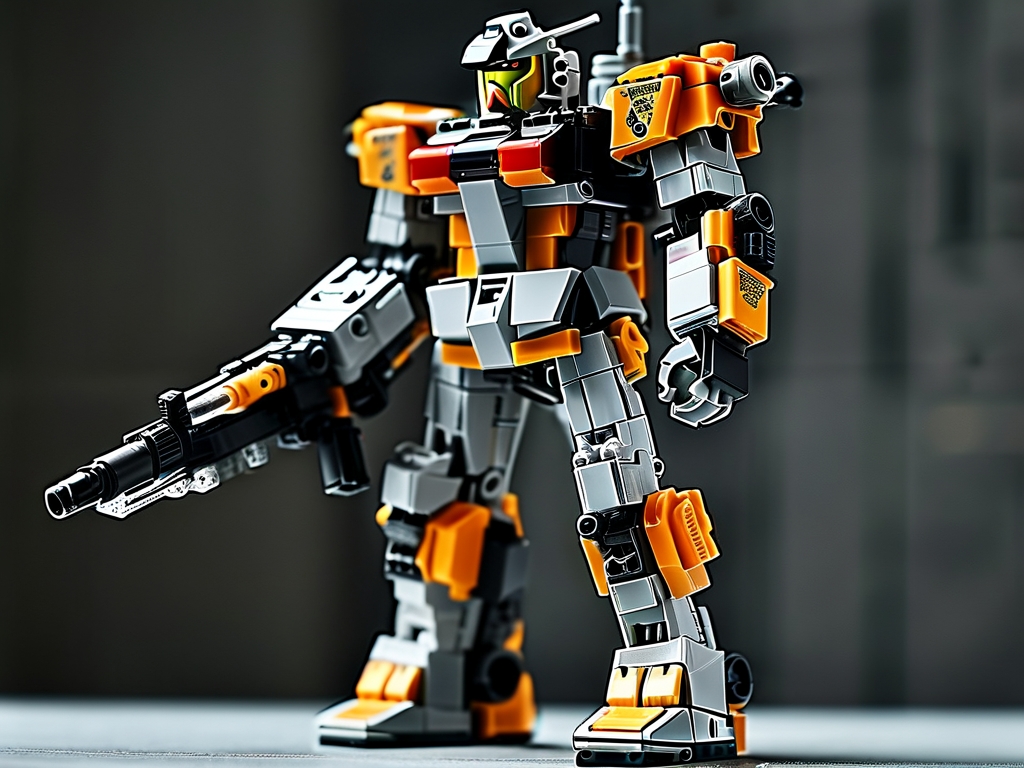In an era where robotics and creative engineering collide, the humble LEGO brick has evolved from a childhood toy into a platform for groundbreaking innovation. One such intersection of imagination and technology is the development of a LEGO gun powered by robotics-a project that blends mechanical design, coding, and hands-on experimentation. This article explores how robotics transforms LEGO into a tool for learning and innovation, focusing on the design principles, technical challenges, and educational value of building a robotic LEGO gun.
The Rise of LEGO in Robotics Education
LEGO has long been a gateway to engineering for young minds. With the of programmable systems like LEGO Mindstorms and LEGO SPIKE Prime, users can now integrate sensors, motors, and code into their builds. These tools democratize robotics, allowing enthusiasts of all ages to experiment with automation and mechanical design. A robotic LEGO gun exemplifies this fusion: it requires structural integrity, motion control, and problem-solving-all foundational skills in STEM education.
Designing a Robotic LEGO Gun: Key Components
Creating a functional LEGO gun involves multiple stages:
-
Structural Design: Using standard LEGO Technic pieces, builders must construct a frame capable of withstanding recoil-like forces. Gears, axles, and beams are arranged to create a firing mechanism. The challenge lies in balancing flexibility and durability-too rigid, and the model may break; too loose, and accuracy suffers.
-
Power and Actuation: Small electric motors, often from LEGO's Power Functions or Control+ systems, drive the firing mechanism. These motors are programmed to rotate gears that compress a spring or launch projectiles (e.g., rubber bands or foam pellets). Precision timing is critical to ensure consistent performance.
-
Sensors and Automation: Adding ultrasonic or infrared sensors enables semi-autonomous operation. For example, a sensor could detect a target and trigger the gun to fire automatically. This step introduces learners to feedback loops and conditional programming.

-
Coding the Brain: Platforms like LEGO's proprietary software or third-party tools like Python or Scratch allow users to write code for motor control and sensor integration. A basic script might link a button press to motor activation, while advanced versions could incorporate target-tracking algorithms.
Technical Challenges and Solutions
Building a robotic LEGO gun is not without hurdles. One major issue is energy transfer efficiency. LEGO pieces, while versatile, lack the tensile strength of metal components. To address this, builders often reinforce critical joints and use high-torque motors. Another challenge is safety. Even a LEGO projectile can pose risks, so designs typically limit firing range or use soft materials.
A notable breakthrough in amateur robotics has been the use of 3D-printed parts to augment LEGO structures. Customized barrels or trigger mechanisms improve performance while maintaining compatibility with standard bricks. Open-source communities on platforms like GitHub and Thingiverse provide blueprints for these hybrid designs.
Educational Value: Beyond Play
Projects like the robotic LEGO gun transcend entertainment-they are pedagogical tools. Students learn:
- Mechanical Engineering: Understanding leverage, gear ratios, and kinetic energy.
- Programming: Writing and debugging code to control physical systems.
- Problem-Solving: Iterating designs based on trial and error.
- Ethics: Discussing the responsible use of technology, even in playful contexts.
Educators have reported increased engagement in classrooms where such projects are incorporated. One middle school teacher in California noted, "Students who struggled with abstract math concepts grasped them instantly when applied to building a LEGO gun."

The Future of LEGO Robotics
As robotics technology advances, so do possibilities for LEGO-based innovations. Integration with AI could enable LEGO guns that "learn" to improve accuracy over time. Meanwhile, partnerships with companies like Arduino or Raspberry Pi are expanding the scope of programmable LEGO systems.
However, this progress also raises questions. Should there be limits on the complexity of LEGO weapons, even as educational tools? Communities remain divided, but most agree that emphasis should stay on creativity and learning rather than replication of real-world weaponry.
The robotic LEGO gun symbolizes a larger trend: the erasure of boundaries between play, education, and cutting-edge technology. By combining the tactile joy of LEGO with the logic of robotics, this project inspires a new generation of engineers, programmers, and innovators. Whether used in classrooms, makerspaces, or living rooms, it proves that even the simplest tools can become catalysts for discovery. As robotics continues to evolve, so too will the ways we reimagine the toys of our past-transforming them into the building blocks of tomorrow's breakthroughs.









